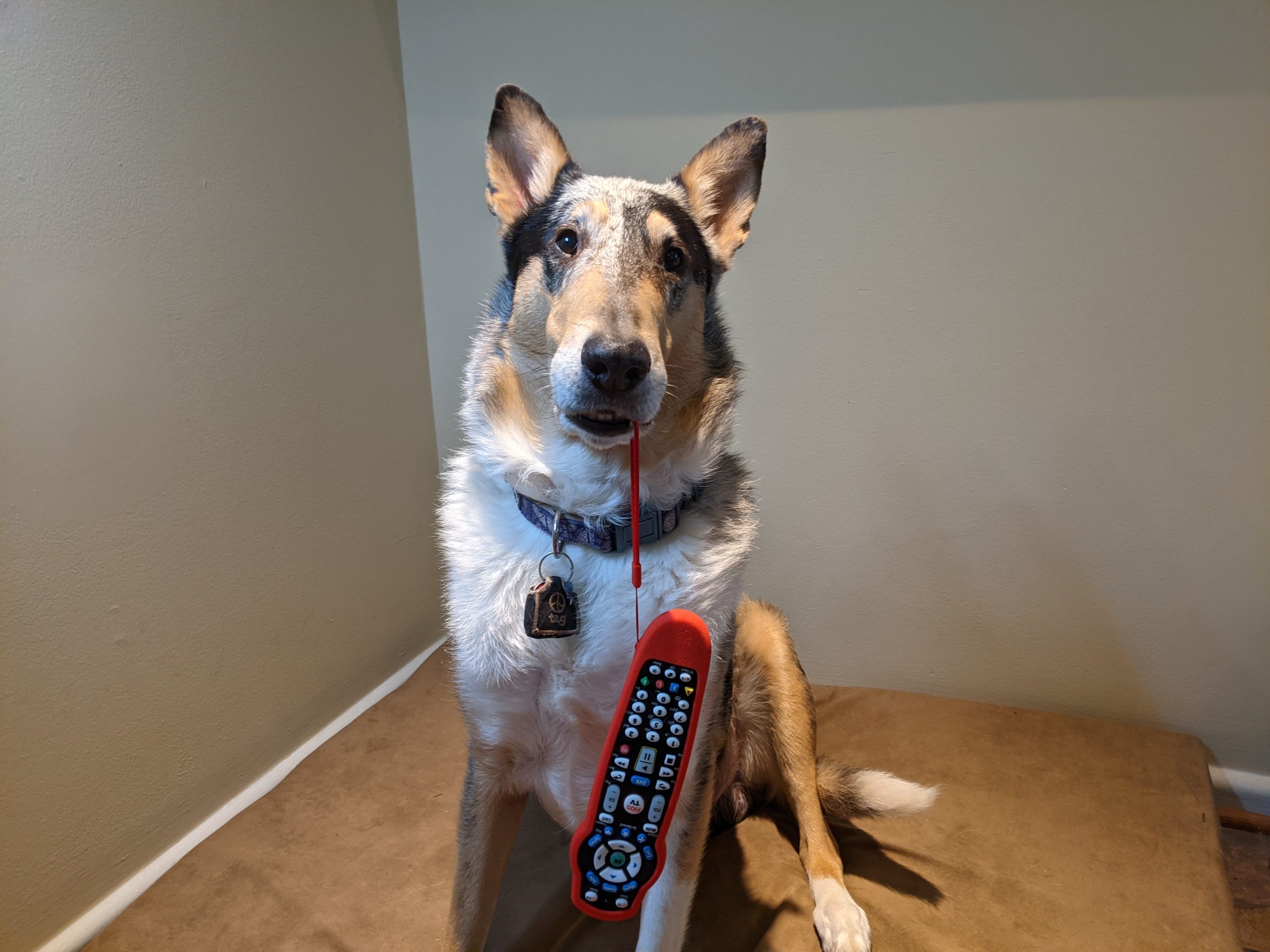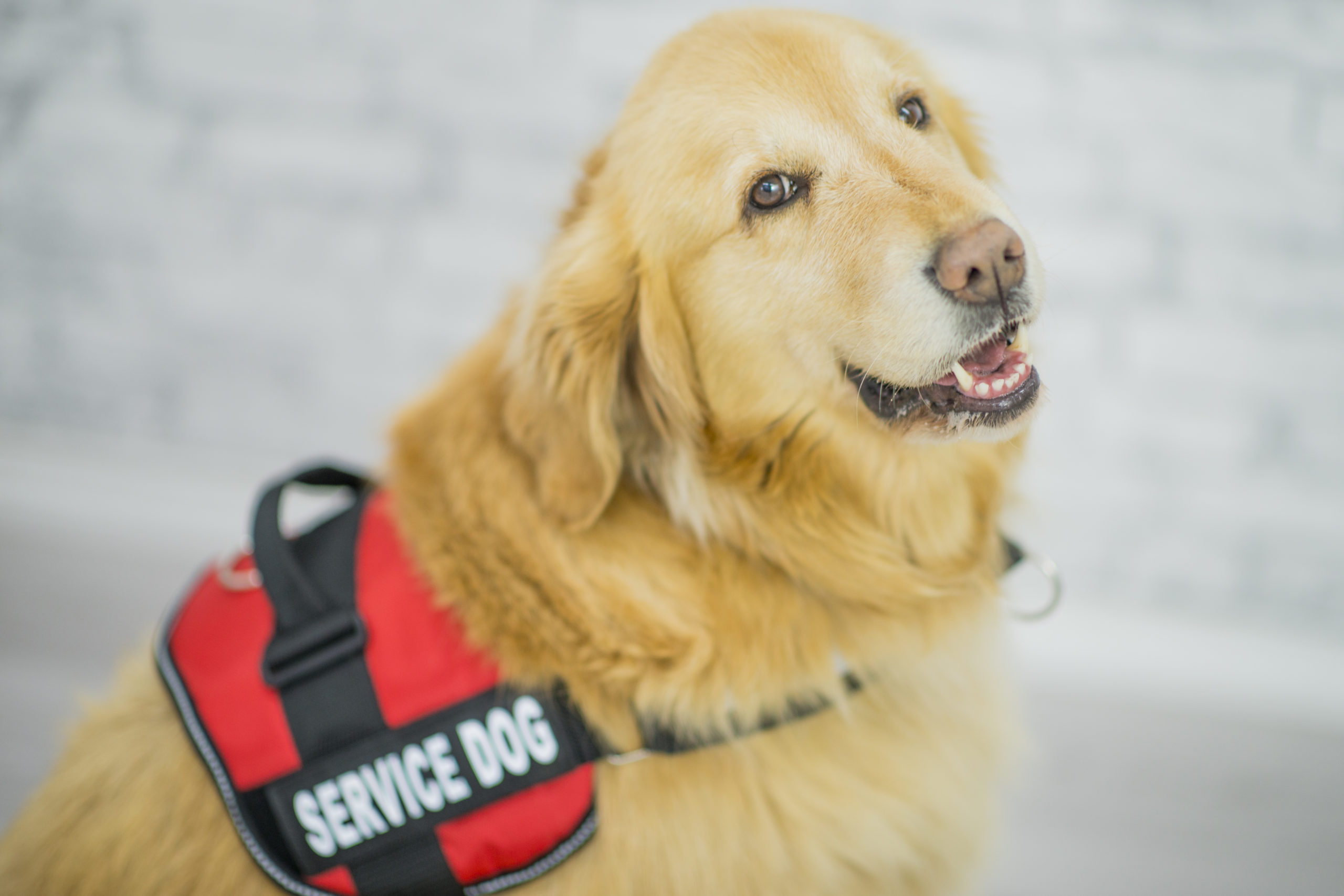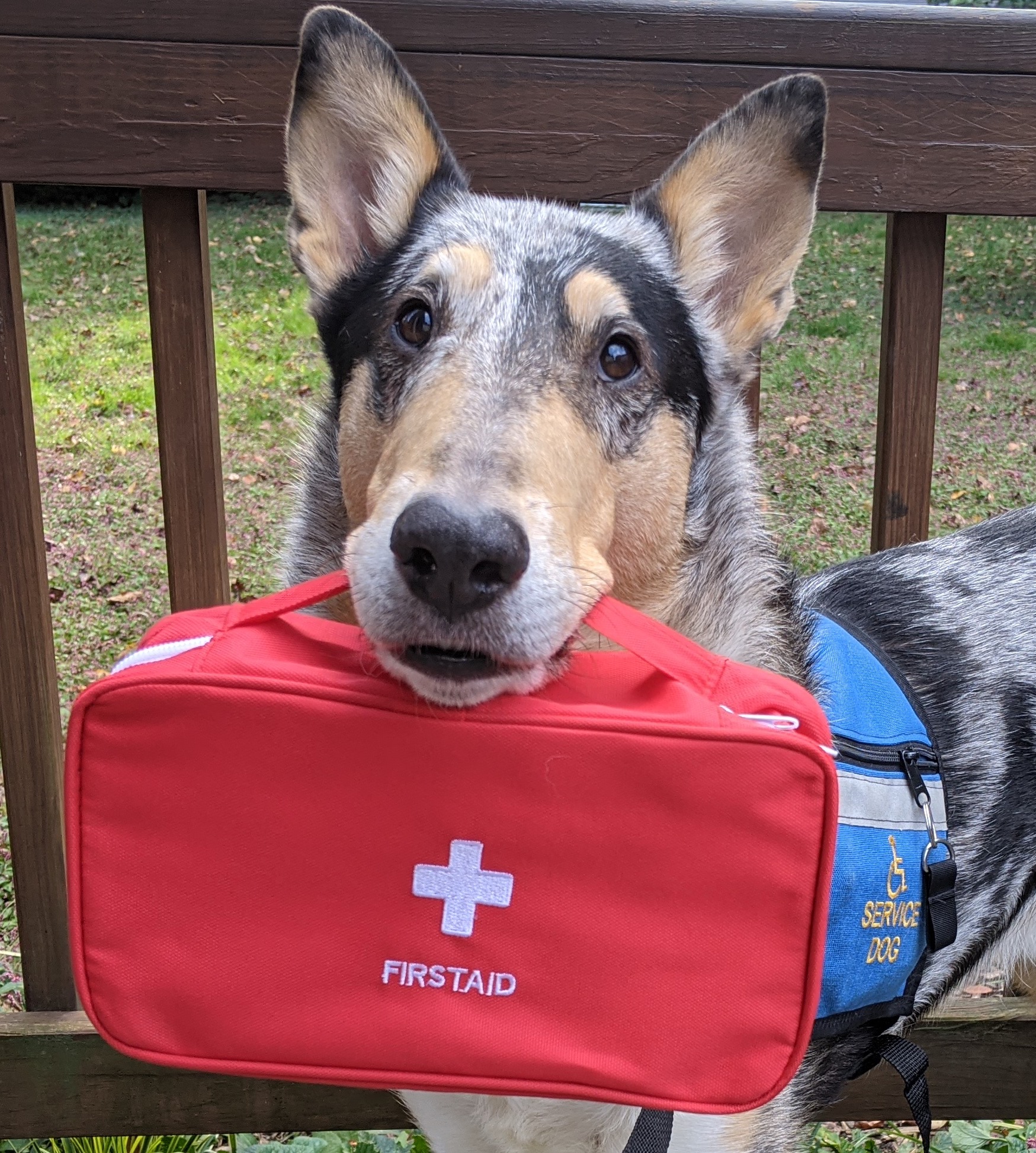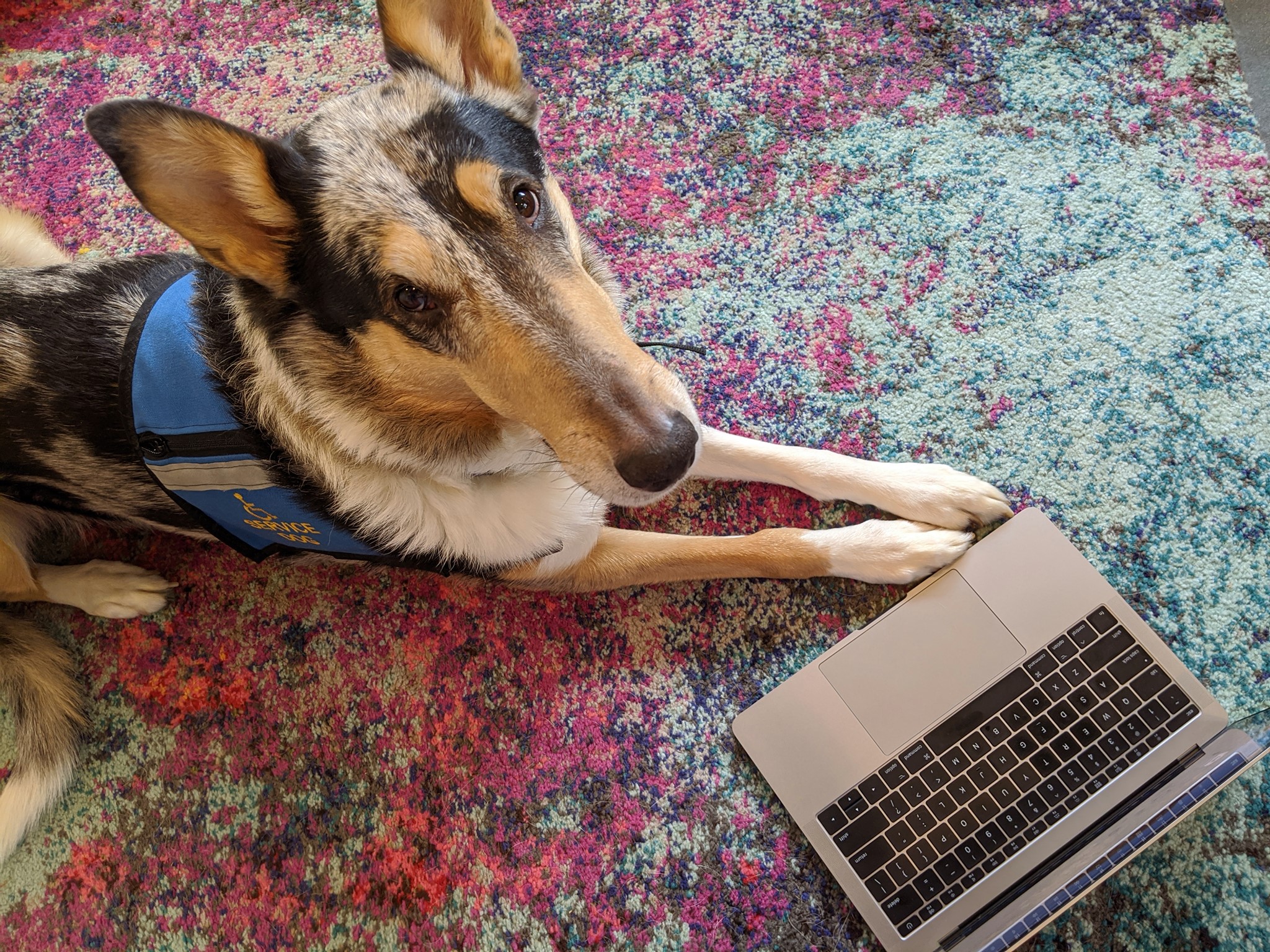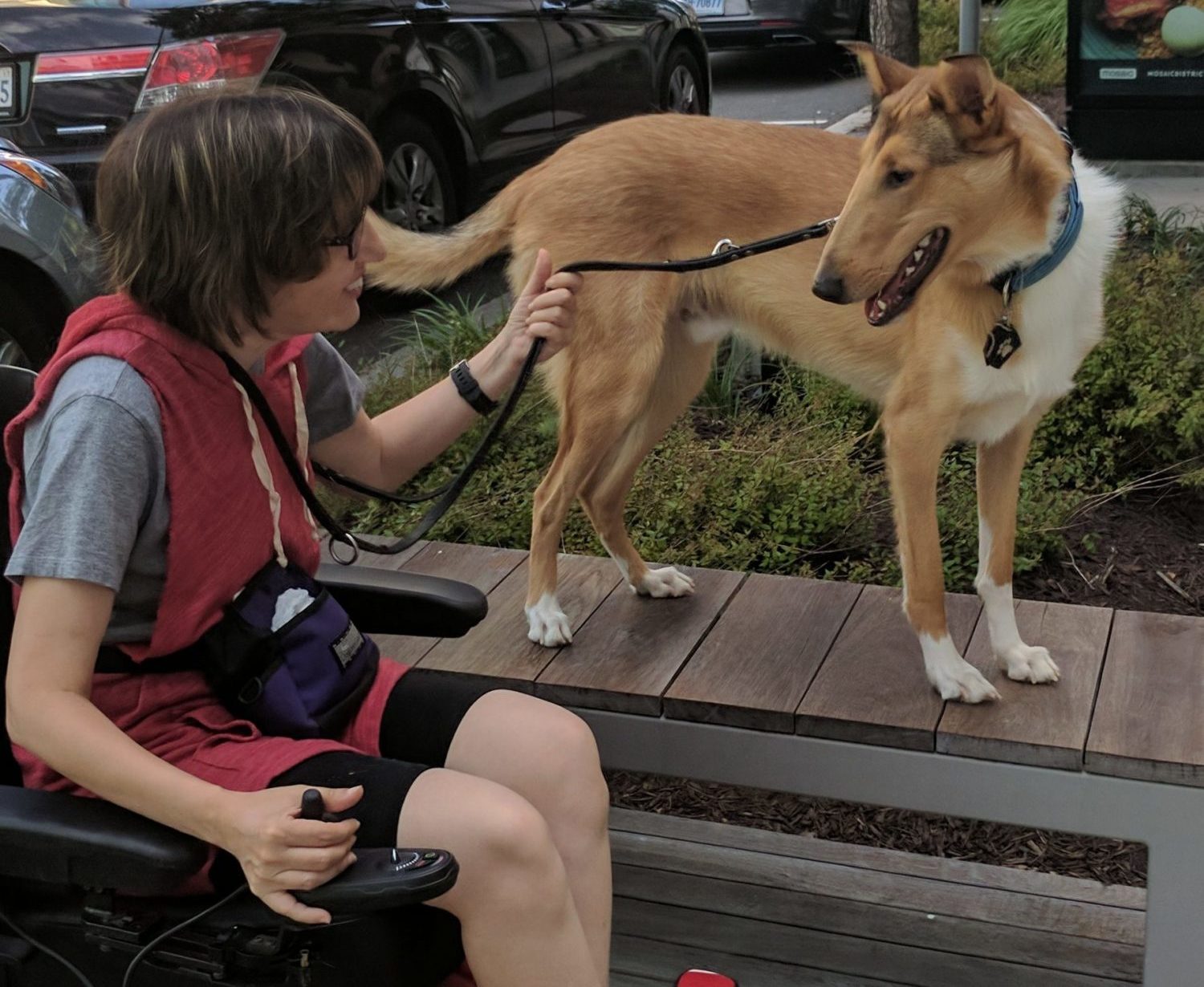Fatigue is a common challenge for people with different kinds of disabilities. Conditions like multiple sclerosis, heart disease, rheumatoid arthritis, traumatic brain injuries and depression can all …
Blog
4 Tools That Make Service Dog Tasks Easier
Service dogs often need to work with items of unusual shapes and materials to perform their tasks. They need to retrieve cell phones and remote controls, and pick up small items like medication …
Continue Reading about 4 Tools That Make Service Dog Tasks Easier →
Working with Clients with Mental Health Conditions
Service dogs are increasingly being trained to help people who have disabilities due to conditions like PTSD, depression, obsessive compulsive disorder and other mental illnesses. In some cases, you …
Continue Reading about Working with Clients with Mental Health Conditions →
Three Important Safety Skills for Service Dogs
When we think about safety and service dog training, typically the first thing that comes to mind is the handler’s safety: for example, making sure the handler is not injured while training the dog a …
Continue Reading about Three Important Safety Skills for Service Dogs →
Documenting Service Dog Training
The Americans with Disabilities Act is clear that certification and registration are not needed for service dogs to have access in no-pets-allowed locations. However, service dog programs usually …
Maintaining a Team’s Training
It’s always exciting when a service dog team transitions from “in training” to working independently. However, as trainers know, service dogs are never really done with training, so a plan needs to be …


